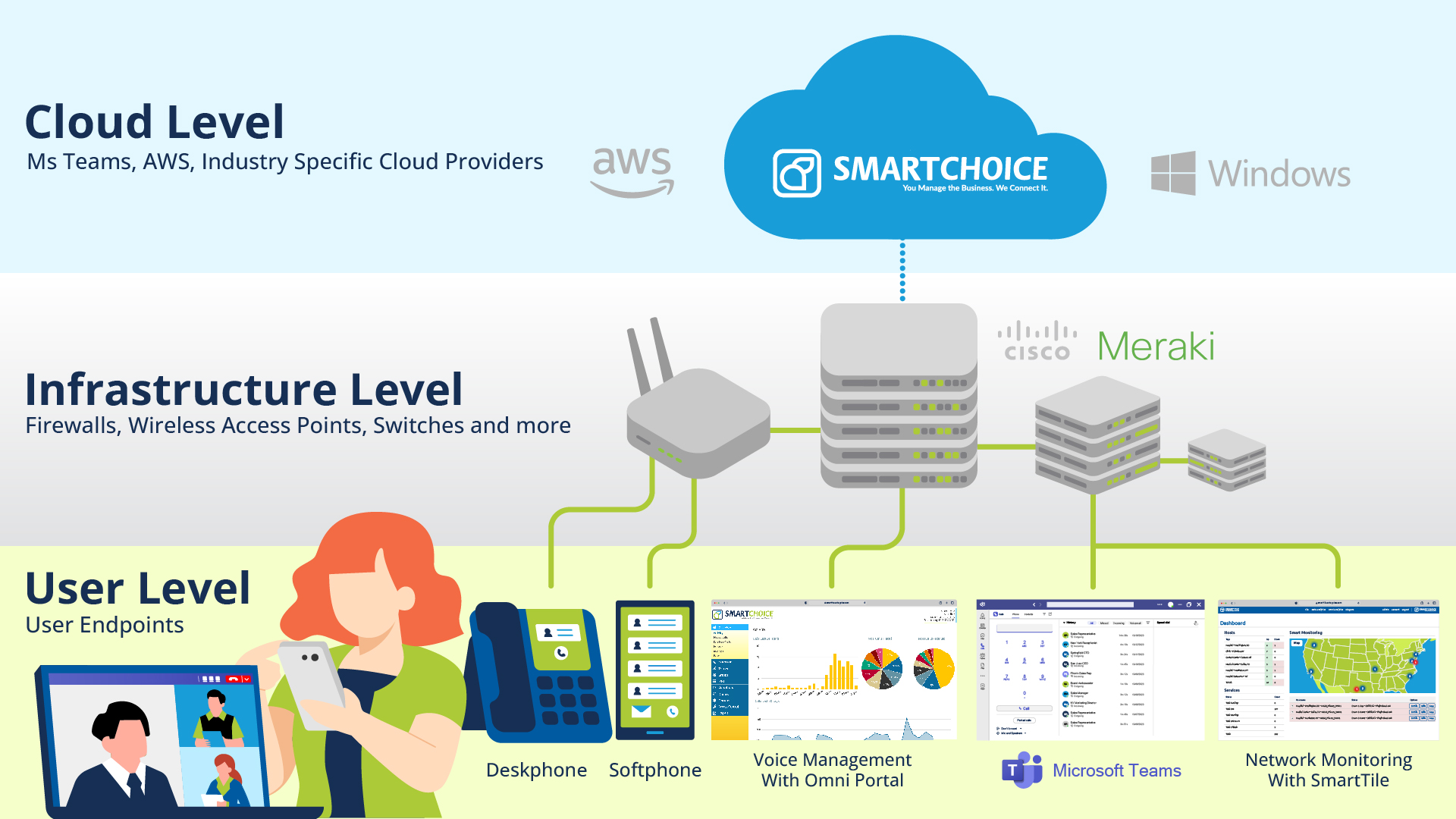Understand the Costs of Upgrading Your Company’s Communication System.

Introduction
Upgrading your company’s voice and communication systems is a significant decision that requires careful evaluation of cost considerations. While the benefits of modernized systems are substantial, it’s essential to understand the financial implications and plan accordingly. In this article, we will explore the key cost considerations your company should take into account when upgrading its voice and communication systems, helping you make informed decisions and ensure a smooth transition without compromising your budget.
Initial Investment and Hardware Costs
One of the primary cost considerations is the initial investment required for upgrading your voice and communication systems. This potentially encompasses the purchase of new hardware, such as IP phones, routers, switches, and other infrastructure components. Evaluate the upfront costs of acquiring and deploying the necessary equipment, including installation fees and professional services, if applicable.
Consider whether you need a complete overhaul of your existing system or if certain components can be repurposed or integrated with the new solution, helping reduce initial expenses.
Software Licensing and Subscription Fees
When upgrading to modern voice and communication systems, there may be associated software licensing and subscription fees. Cloud-based solutions, such as Voice over IP (VoIP) or Unified Communications as a Service (UCaaS), typically involve ongoing subscription costs. Evaluate the pricing models, licensing agreements, and any potential additional charges for advanced features or user scalability.
Carefully assess the long-term financial impact of subscription fees, taking into account factors such as the number of users, required functionalities, and any anticipated growth in your organization. It’s crucial to ensure that the cost of licensing aligns with your budget and offers the necessary value and scalability for your business needs.
Network Infrastructure and Bandwidth Considerations
Upgrading your voice and communication systems may require enhancements to your network infrastructure, including network switches, routers, cabling, and internet bandwidth. Consider the costs associated with optimizing your network to support the increased demands of the new systems. This may involve conducting a network assessment, upgrading equipment, and working with internet service providers to ensure sufficient bandwidth for voice and data traffic.
Factor in ongoing costs related to network maintenance, monitoring, and security to ensure seamless system performance and mitigate potential vulnerabilities. It’s important to strike a balance between optimizing network infrastructure and managing associated costs effectively
Training and User Adoption
A critical cost consideration is training and user adoption. Upgrading your voice and communication systems may require training employees on the new tools, features, and workflows. Allocate resources and budget for comprehensive training programs, documentation, and ongoing support to ensure a smooth transition and maximize user adoption.
Investing in training can help your team leverage the full potential of the upgraded systems, minimize errors, and enhance productivity. Consider utilizing internal trainers or engaging third-party experts who specialize in system training to optimize cost-efficiency and knowledge transfer.
Maintenance, Support, and Upgrades
Evaluate the long-term maintenance, support, and upgrade costs associated with your new voice and communication systems. Determine whether you have in-house resources to manage system maintenance or if outsourcing to managed service providers is a more viable option.
Consider support agreements, service-level agreements (SLAs), and associated costs for ongoing technical assistance, troubleshooting, and system upgrades. It’s essential to have a clear understanding of the vendor’s support offerings, associated costs, and upgrade cycles to effectively manage future expenses and ensure system reliability.
In Summary
Upgrading your company’s voice and communication systems involves various cost considerations. By carefully evaluating and planning for the initial investment, hardware costs, software licensing and subscriptions, network infrastructure, training, and ongoing maintenance and support, you can make informed decisions that align with your budget and business objectives. Balancing costs with the desired functionality, scalability, and long-term value will enable you to implement a successful upgrade while optimizing the financial investment in your voice and communication systems.





